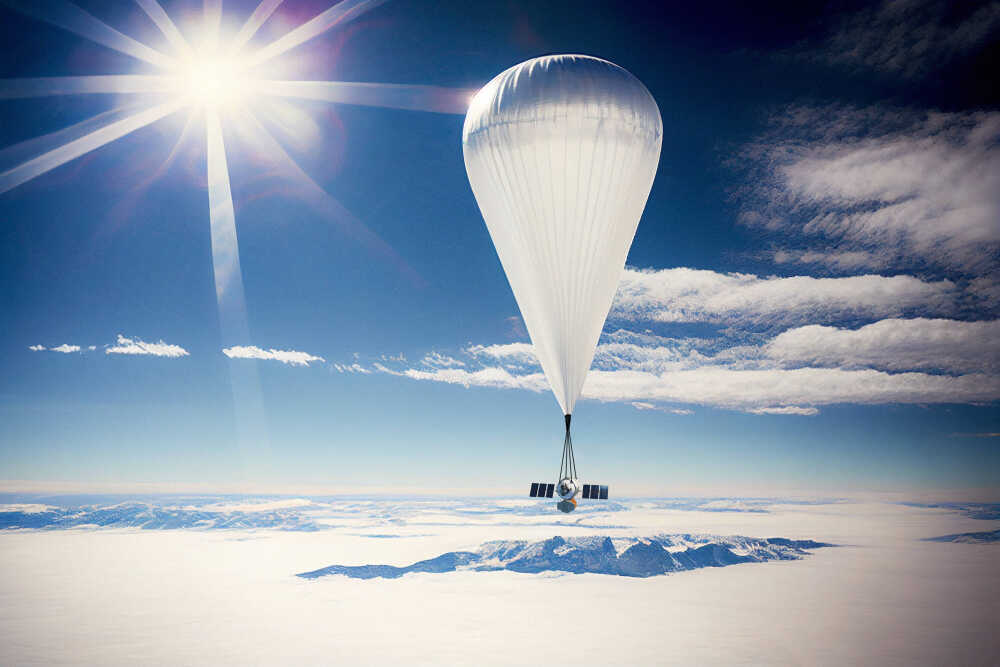The stars figuratively aligned for a research team from Virginia Tech to come to Poplar Bluff for the eclipse.
A group of 20 undergraduates and two graduate students led by research associate Kevin Sterne and doctoral candidate Ginny Smith will launch two high-altitude balloons in the Poplar Bluff area to live-stream the celestial event.
Sterne noted the group was originally supposed to use a location in northeast Arkansas. When those plans fell through, he scrambled to find a new site.
In an earlier trip, Sterne had driven through the Poplar Bluff area. He found a perfect mix of being in the path of totality and local geography.
Regarding the balloons, he said, “It has to come down at some point and we don’t have a lot of control over that.”
Sterne estimates the weather on April 8 will have eastward winds which will carry the downed balloons to the alluvial plains to the East of the city. The flat farmland will make it easy to recover, according to Sterne.
Coordinating closely with contacts from Three Rivers College, the Virginia Tech team found its new destination. The project, financed by the University of Montana’s National Space Grant Organization, will launch two balloons with varying payloads.
The livestreaming is part of the National Eclipse Ballooning Project for NASA. Additionally, the team will measure atmospheric gravity patterns and background cosmic radiation as the moon occludes the sun. Sterne explained the sun normally makes it impossible to measure the ambient radiation in space.
The two balloons will reach an altitude of 60,000-80,000 feet during totality and go on to a maximum prospective height of 105,000.
“That would be a record for us,” Sterne noted. During the team’s trip to Roswell, New Mexico, for an annular eclipse, their balloons reached 103,000 feet.
He explained the balloons are invaluable for research at extremely high altitudes normally only reached by stratospheric aircraft and rockets.
“It’s a semi-stable platform that doesn’t cost millions of dollars,” Sterne said.
Between the two balloons, the team will use three to four tanks of helium that cost $400 each. He expressed excitement for the students having the chance to tackle complex engineering challenges for the payloads.
“There’s a lot of thermal aspects to that and battery aspects to that,” he said, referencing the extreme temperatures the equipment needs to endure.
The team will hold open-to-the-public demonstrations from 2-4 p.m. Saturday at Clinton Park.
The livestream will be available at https://eclipse.montana.edu/livestream.html. Virginia Tech’s stream is located at the bottom of the page.

